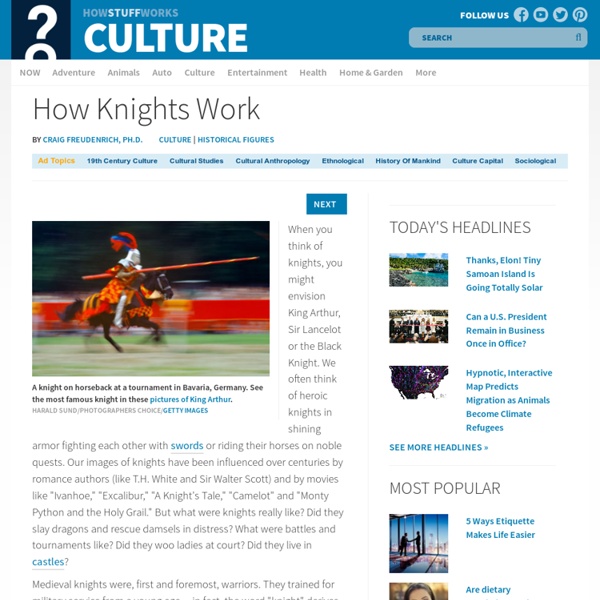Medieval Civilization: Lecture Notes
Lecture Notes The Legacy of the Roman Empire and the Middle Ages in the West (ca AD 500-1450/1500) The World in Transition, AD 395-1500 Introduction The Three Heirs to the Roman Empire: 6th-7th centuries: a new period in the history of world civilization; clear that no one empire would rule the Mediterranean world; by the 7th century, three successor civilizations, the Byzantine, the Islamic, and the western European, had developed, each with its own culture, its own religion, and its own language; these three civilizations quickly became rivals. The Byzantine Empire and the Mediterranean World at the Death of Justinian I. Islamic civilization: (7th century-ca. 1500) founded by the prophet Muhammad; language was Arabic; government and culture permeated with this dynamic new religion; it created an Empire in the old Near East, along the African coasts of the Mediterranean, & it spread into the Indian subcontinent. The Eastern Heirs of the Roman Empire Byzantine Civilization (5th century-1453)
Got Medieval
‘Except Only a Cat’ – Nun’s Pets in the Middle Ages - From The Ark Number 209 - Summer 2008 - A Publication of Catholic Concern for Animals - Formerly: The Catholic Study Circle for Animal Welfare - Providing Christian education, research, study, instruct
The Rt Rev Dom Joseph Delargy, is Abbot of the Mount St Bernard Abbey, Leicestershire, of the Cistercians of Strict Observance. Here he shares with us a lighthearted talk he gave to his community recently. In the middle ages in England there were at least 140 convents of nuns that we know of. In the wonderful book Medieval English Nunneries by Eileen Power,* a history professor from Cambridge back in the 1920’s, we have details of all aspects of the nun’s life. As is still the case today all monasteries of monks and nuns would be visited by another superior or bishop once every one or two years. They were * Dancing, * Dresses and * Dogs. It was this third one, dogs, that I found most intriguing. The Ancren Riwle, or Nun’s Rule, was the English rule for nuns written in about 1300. ‘You shall not possess any beast, my dear sisters, except only a cat.’ So we see the Nun’s rule did permit the keeping of cats. Try to imagine the scene.
Researching the Medieval
Even after writing three medieval historical romances, soon to be four, I hardly consider myself an expert on researching the medieval novel. But I have learned a few tricks along the way that I'd like to share with you. When I first began researching this period about fifteen years ago, there were very few resources available to the non-historian. To find authentic and detailed material, I had to go to university libraries and professional libraries that required proof that I was a writer. Considering that I was definitely an amateur researcher, it was quite intimidating. However you begin your research, it should be an on-going process. Here are a few handy tips as you begin your novel: This sounds simplistic, but it's good advice. It's true that many medieval readers are extremely dedicated and well educated. The Oxford English Dictionary, or OED, is a massive so-called dictionary that consists of some 20 humongous volumes that take up two rows in the library. Finally, good luck!
Medieval Castle History, Design of Medieval Castles, Haunted Castles: www.medieval-castle.com
MerlinSite.com: Merlin News, Spoilers, Images & More



